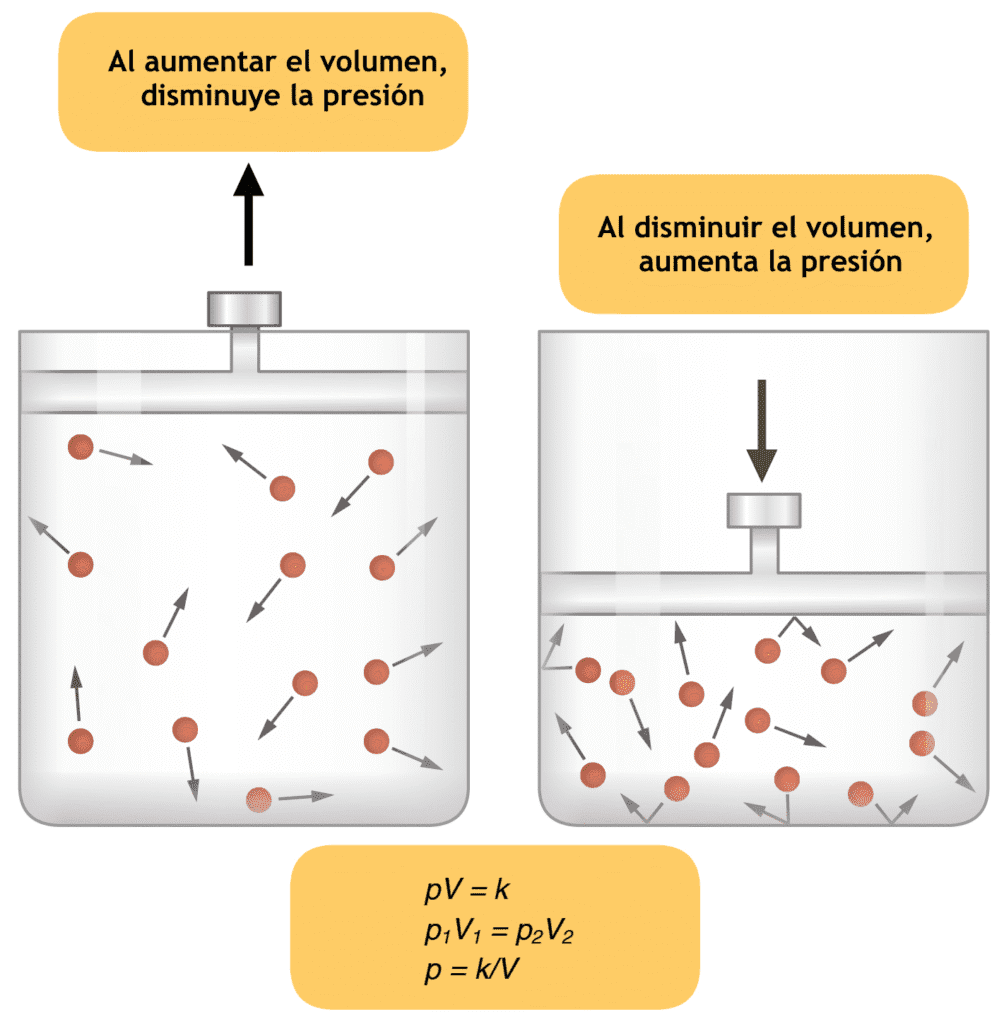 Some of the toxicity issues related to desflurane toxicity is that, renal toxicity is not reported even after prolonged exposures and markers of renal function (albuminuria, glucosuria, urinary p-glutathione transferase, serum creatinine and BUN) were not altered after 7 days of exposure to 8 hours MAC of 1.25% desflurane.
Some of the toxicity issues related to desflurane toxicity is that, renal toxicity is not reported even after prolonged exposures and markers of renal function (albuminuria, glucosuria, urinary p-glutathione transferase, serum creatinine and BUN) were not altered after 7 days of exposure to 8 hours MAC of 1.25% desflurane.
Desflurane Toxicity might occur at certain times and desflurane may also be degraded by CO2 absorbers under certain conditions, namely, drying of soda lime, carbon monoxide may be produced.
It may act as trigger for malignant hyperthermia though not clinically reported.
Miller’s anesthesia says the following on Desflurane Toxicity –
Analysis of data groups from 37 separate studies investigating the effect of low-dose volatile anesthetics on the acute ventilatory response to hypoxia in humans.
A, Anesthetics depress the hypoxic ventilatory response in the order halothane > enflurane > isoflurane > sevoflurane > desflurane. *P < 0.05 versus halothane.
B, Data grouped according to the speed of the hypoxic stimulus.
C, Data grouped according to background carbon dioxide.
D, Data grouped according to whether the hypoxic challenge occurred in the presence or absence of subject stimulation. *P < .05. Error bars represent 95% confidence intervals.
At another place it tells the following about Desflurane Toxicity –
The profound depression of hypoxic responsiveness produced by volatile anesthetics (with the exception of desflurane as noted earlier) suggests that patients may manifest a diminished ventilatory response to hypoxemia in the recovery room for some time after use of the agent has been discontinued.
Audiovisual stimulation may attenuate the effects of low residual concentrations of anesthetics in postoperative patients.
In contrast, pain appears to be a poor stimulus to blunt the hypoxic ventilatory response to volatile agents.
This phenomenon may be especially important in patients who depend to some degree on a hypoxic drive to establish their level of ventilation (e.g., those with chronic respiratory failure).

